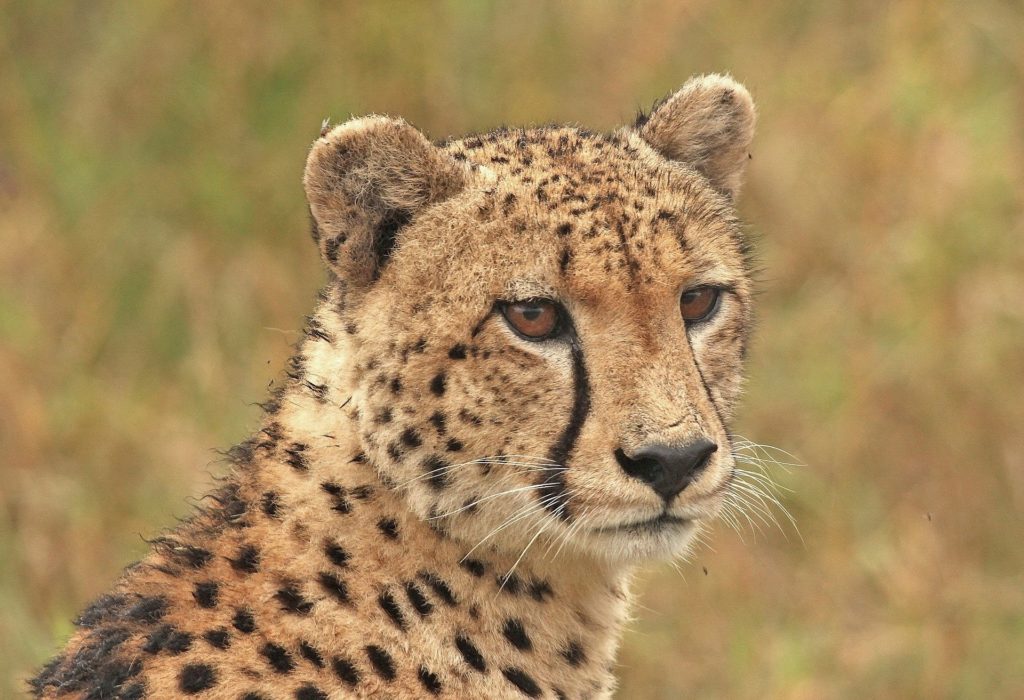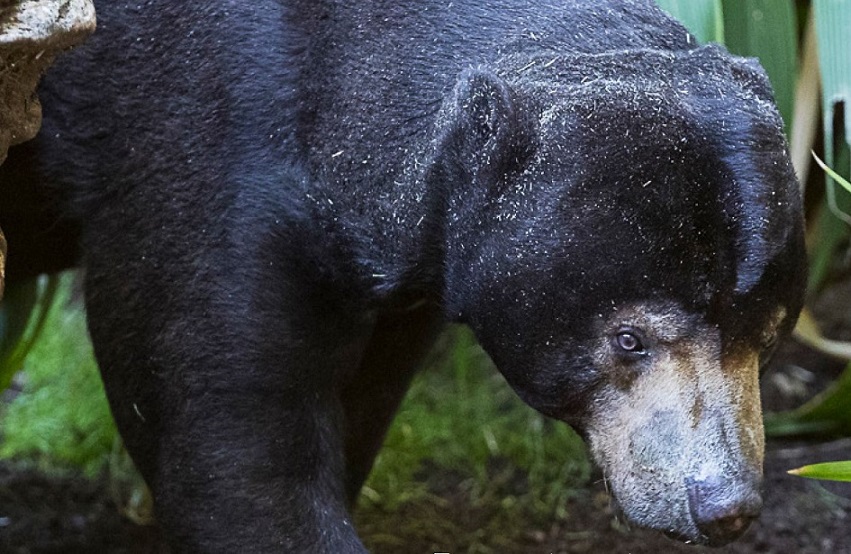COVID-19 Vaccines for Zoo Animals
You may remember that some of the first reported incidents of COVID-19 infection in animals were in zoo animals. These animals are at a higher risk of contracting COVID as a result of contact with handlers, veterinary staff, and the visiting public. Fortunately, a COVID vaccine was developed specifically for zoo animals.
COVID-19 Vaccine for Zoo Animals
The vaccine, which was developed by the global animal health company Zoetis, was formulated for animals and donated for emergency use among the great ape population at the San Diego Zoo in January of 2021. This sparked a good deal of media coverage which led to numerous requests for the vaccine from zoos and other animal facilities around the U.S. According to Zoetis, they have now donated a “total of 26,000 doses, to approximately 100 zoos and 20 conservatories, sanctuaries, and other animal organizations located across 41 states and about a dozen countries.”

A COVID vaccine for zoo animals is necessary for many reasons. For one, many zoo animals are endangered in the wild and keeping them healthy is of the utmost importance. Additionally, symptoms of COVID-19 can be difficult to treat in zoo animals and thus, it makes better sense to prevent the disease rather than treat it. The vaccine does not use live or inactivated virus, nor is it an mRNA vaccine. Instead, it is a subunit recombinant vaccine and is administered in two doses several weeks apart.
VetStem’s Work with Zoo Animals
At VetStem, we have worked with several exotic animal organizations, providing stem cell therapy for an array of diseases. We recently shared about our work with elephants suffering from a viral disease known as Elephant Endotheliotropic Herpesvirus (EEHV). EEHV is a lethal viral infection that affects Asian elephants and now, increasingly, African elephants and can cause a highly fatal hemorrhagic disease.
Interestingly, it was actually our human company’s work with a COVID-19 stem cell clinical trial that led to exploring stem cells as a treatment option for EEHV. We have provided stem cell doses to several zoos in the United States who had elephants with EEHV and have gathered some promising data. Stem cells have numerous mechanisms of action, including the secretion of molecules that are anti-viral.
Maintaining the health of zoo animals, particularly those who are endangered, is crucial. Veterinarians and those in the animal health field have taken a collaborative approach, making this important endeavor a community effort. We are happy to contribute to the mission and will continue our own research to develop potentially life-saving stem cell treatments for these animals.

